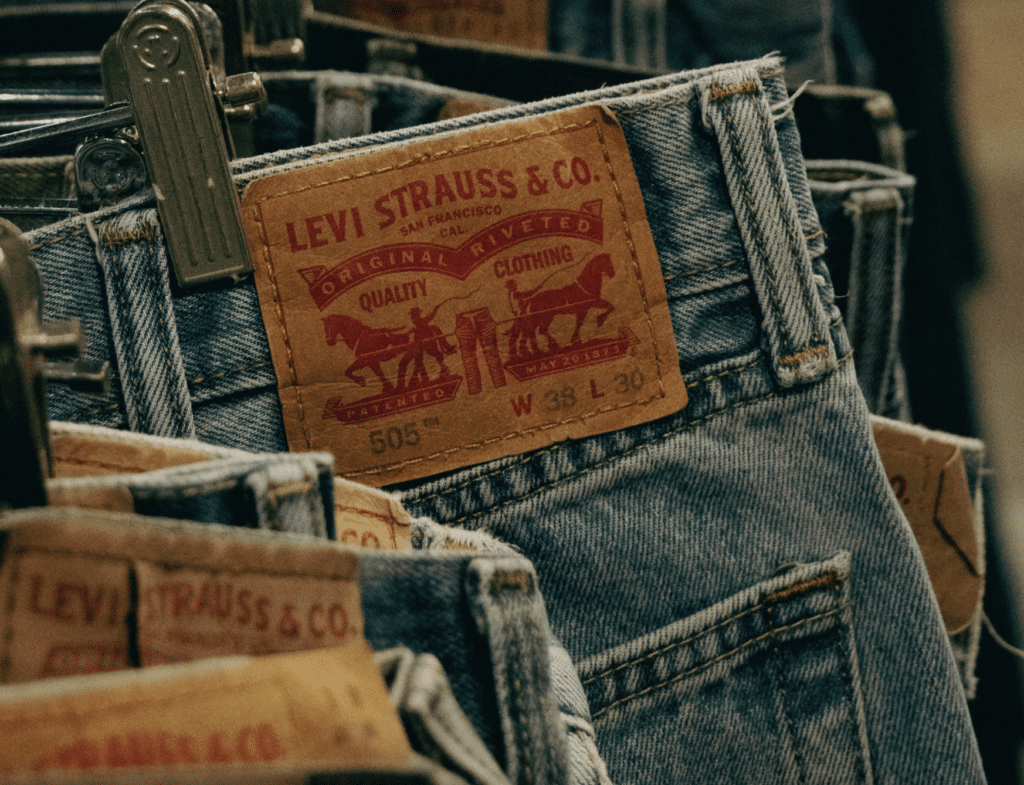From Neiman Marcus and Barneys New York to J. Crew and Brooks Brothers, big-name bankruptcies have made headlines with increasing frequency over the past year. In fact, the number of Chapter 11 filings that have been initiated in the first half of 2020, alone, rang in at nearly 3,600, according to the American Bankruptcy Institute. That 6-month tally is more than any single year since 2012. While the ultimate fate of the bankruptcy-filing companies, themselves, depends on a number of factors, including the type of bankruptcy proceeding at play, one thing is true: companies’ names, their branding, and other competitive elements of their operations are proving to be among the biggest draws for bankruptcy bidders.
It has long been the case that aside from a company’s offerings, much of the value of a consumer-facing entity comes in the form of its intellectual property – whether that be trademark-protected names and logos (and the goodwill that comes with those source-identifying elements), trade dress-centric product packaging, copyright-protected imagery and content, patented technology, or trade secret elements, such as customer data, supplier lists, and advertising strategies.
This value is due, in part, to the fact that many consumer products are not all that different from one company to those of its competitors, particularly in spaces like fashion, modern-day “luxury” (i.e., mass-market luxury), and sportswear, given that handbags and footwear can only be designed so many ways, and tend to follow the same general trends. As such, intellectual property tends to be what enables companies to distinguish themselves from rival brands in a crowded market, build value around their products in the minds of consumers, and ultimately, gain a competitive advantage. As such, things like trademark rights and trade secret-protected tactics are routinely among the core assets that bidders have their eyes on when it comes to bankruptcy auctions.
While certainly not novel, the placement of value on intangible assets like intellectual property is proving to be increasingly significant in recent years in light of a larger-scale retail shift: companies are moving away from all-but-unchecked brick-and-mortar expansion and instead, placing greater focus on their e-commerce capabilities. This existing trend has been significantly accelerated by the onset of COVID-19. Consumers – many of whom are now more comfortable relying on e-commerce than before the pandemic – are expected to do more shopping online in the later stages of the pandemic and post-pandemic even after stores have re-opened, thereby, standing to make brick-and-mortar real estate less valuable (and less of an attractive selling-point in a bankruptcy auction) than it was in the past.
(Recent quarterly reports from luxury giants like LVMH Moët Hennessy Louis Vuitton, Gucci’s parent company Kering, and Hermès confirm that while stores are beginning to reopen, e-commerce traffic continues to grow, nonetheless).
Against this background, “Bankrupt or liquidating retailers’ [intellectual property] assets that would otherwise have been frittered away or dumped for meager sums in the past” – likely due to their inextricable ties to physical retail – are in something of a different position. As a result of the enduring rise of e-commerce (and the potential for diminished value of stores), these companies “are fetching relatively high dollars in auctions” for their intellectual property, according to Bloomberg Law, as their physical retail operations (or at least, most of their physical retail operations) are winded down for good.
Need proof? Look no further than Barneys New York. The upscale department store reached a $271 million deal in the fall of 2019 with Authentic Brands Group (“ABG”) and investment firm B. Riley Financial Inc., which acquired the bankrupt retailer’s intellectual property, data, and other assets related to its e-commerce business. With the company’s outposts closed and its inventory completely liquidated, ABG and B. Riley leveraged Barneys intellectual property to enter into a deal in which Saks Fifth Avenue-owner Hudson’s Bay Co. is licensing the Barneys name for use in connection with its own business, hence, the “Barneys as Saks” section on the Saks site, and the redirect of the Barneys.com domain to Saks.
In much the same way as ABG and B. Riley derived value from Barneys that is distinct from its retail network and now-liquidated designer inventory, other retailers – such as Pier 1 – have “also have found buyers for their [intellectual property] assets while store operations have shuttered.” This is a testament, Bloomberg states, to the fact that “investors increasingly see lucrative opportunities in buying bankrupt retailers’ trademarks, customer lists and other intellectual property” in lieu of the burden of their real estate portfolios and inventory, the latter of which has also been particularly plagued, as brands have struggled to sell off their stock during COVID-19 lockdown.
Citing a number of intellectual property and bankruptcy attorneys, Bloomberg’s Matthew Bultman asserts that “compared to assets like real estate and inventory, [intellectual property] is a relatively new value driver when retailers go bankrupt,” particularly as “investors have realized that reshaping brick-and-mortar retailers into online companies is doable.” (Luckily, assets can usually be parsed and auctioned separately, as indicated in the case of Sonia Rykiel. The Paris-based brand offered bidders the option to separately acquire its intellectual property rights (namely, its various global trademark registrations, and decades of archives and product prototypes); the commercial leases for its brick-and-mortar outposts in France – from its Saint Germain flagship to a glitzy boutique in Cannes, among others; and its remaining stock of garments and accessories. The winning bidders, brothers Eric and Michael Dayan bid for all of the offerings).
More than the most obvious forms of intellectual property, though, is the sizable pools of data at play, which likely fall within the realm of trade secret law, that certainly prove a huge draw for bankruptcy bidders. Consumer data – from customer addresses and emails to their purchase histories – is a potential goldmine for acquiring parties and a valuable asset for bankrupt brands.
While intellectual property as the key draw in a bankruptcy setting may be relatively novel, according to Bultman, it, nonetheless, appears to be part of a larger trend that will carry on for the foreseeable future. As we noted in early 2017, a handful of retail bankruptcy deals were underscoring “the interest that the e-commerce businesses and intellectual property of even bankrupt retailers [was] attracting, and the value that they can garner” for both the companies, themselves, and ultimately, the acquiring parties. This continues to be increasingly true several years later.











